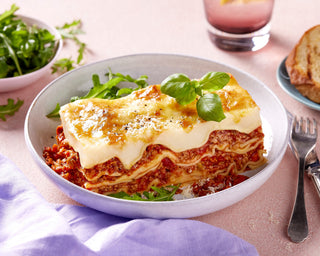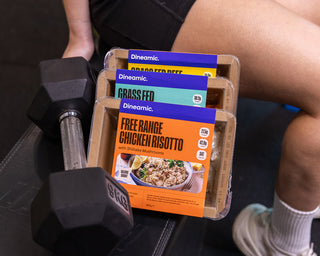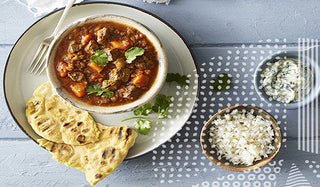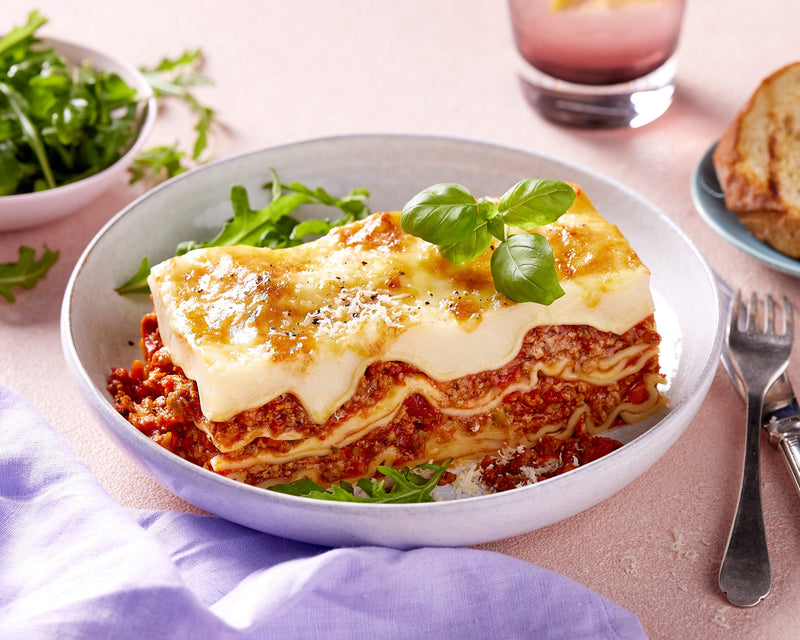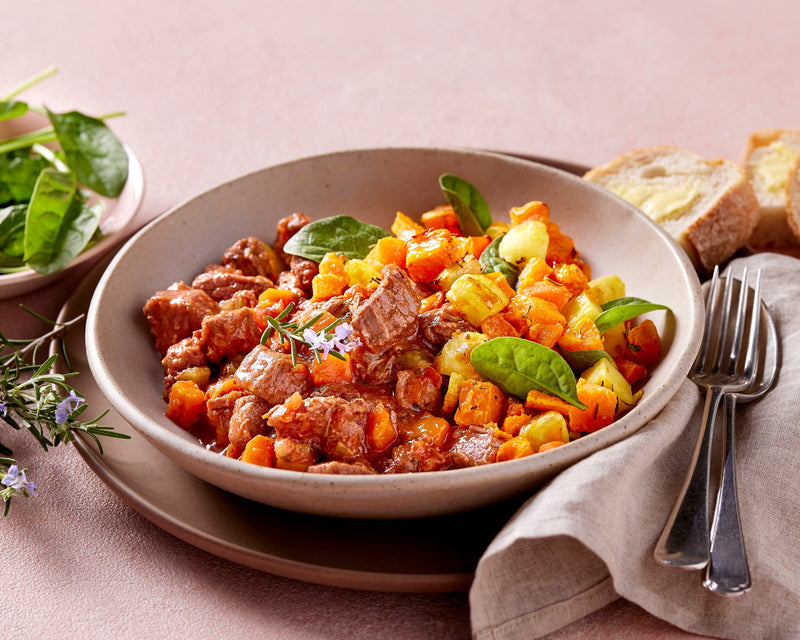The low FODMAP diet was developed in 1999 by the research team at Monash University, Melbourne, and has since been proven to be an effective treatment for those with irritable bowel syndrome (IBS). IBS is a common gastrointestinal disorder that affects one in seven Australian adults, and is characterised by abdominal pain and discomfort, bloating, wind and altered bowel habits. Identifying which foods trigger IBS symptoms can be difficult, but often following a low FODMAP diet can provide relief.
What are FODMAPs?
These are a collection of fermentable carbohydrates that are poorly absorbed by some people. The acronym FODMAPs stands for:
Fermentable
Oligosaccharides
Disaccharides
Monosaccharides
And
Polyols Most carbohydrates are absorbed in the small intestine, but when they are poorly absorbed, as is the case with FODMAPs in some people, they travel through the digestive tract into the large intestine and are fermented by bacteria. This fermentation of FODMAPs is what causes the symptoms of IBS.
Where are FODMAPs found?
Oligosaccharides (e.g. fructans and galacto-oligosaccharides): Fructans are long chains of fructose units, and the human intestine often has a difficult time breaking them down. They are found in fruits like nectarines, peaches and watermelons, and vegetables like artichokes, leeks, onions, garlic, fennel and shallots. Galacto-oligosaccharides are found in legumes like kidney beans, borlotti beans, lentils and chickpeas.
Disaccharides (e.g. lactose): The main carbohydrate in dairy products like milk, yoghurt, soft cheeses like ricotta and cottage, ice cream and custard.
Disaccharides are only considered a FODMAP if lactase (the enzyme that breaks down lactose) is deficient in the body. Monosaccharides (e.g. fructose): Commonly found in fruits, particularly apples, pears, mangoes and watermelons; as well as honey and high fructose corn syrup.
Polyols (e.g. sorbitol, mannitol, xylitol): Also known as ‘sugar alcohols’, these are found naturally in some fruits and vegetables, but are mainly used as a low energy sweetener in sugar free chewing gum and confectionary (
‘excess consumption may cause a laxative effect’ – sound familiar?). Fruits high in polyols include apples, apricots, blackberries, cherries, nectarines, peaches and pears. Vegetables containing problem amounts of polyols include cauliflower, mushrooms, snow peas and sweet potatoes.
What else do I need to know?
- Those with IBS symptoms may have different tolerance levels for FODMAPs, meaning small amounts may be consumed with little adverse effects. - Trialling a low FODMAP diet should involve consultation with an expert dietitian, who can review and make recommendations based on your individual needs. Dineamic offer a range of
Fructose friendly options suitable for those with fructose malabsorption. For more information visit:
Article written by Karen Inge, on behalf of the Dineamic Nutrition Team


